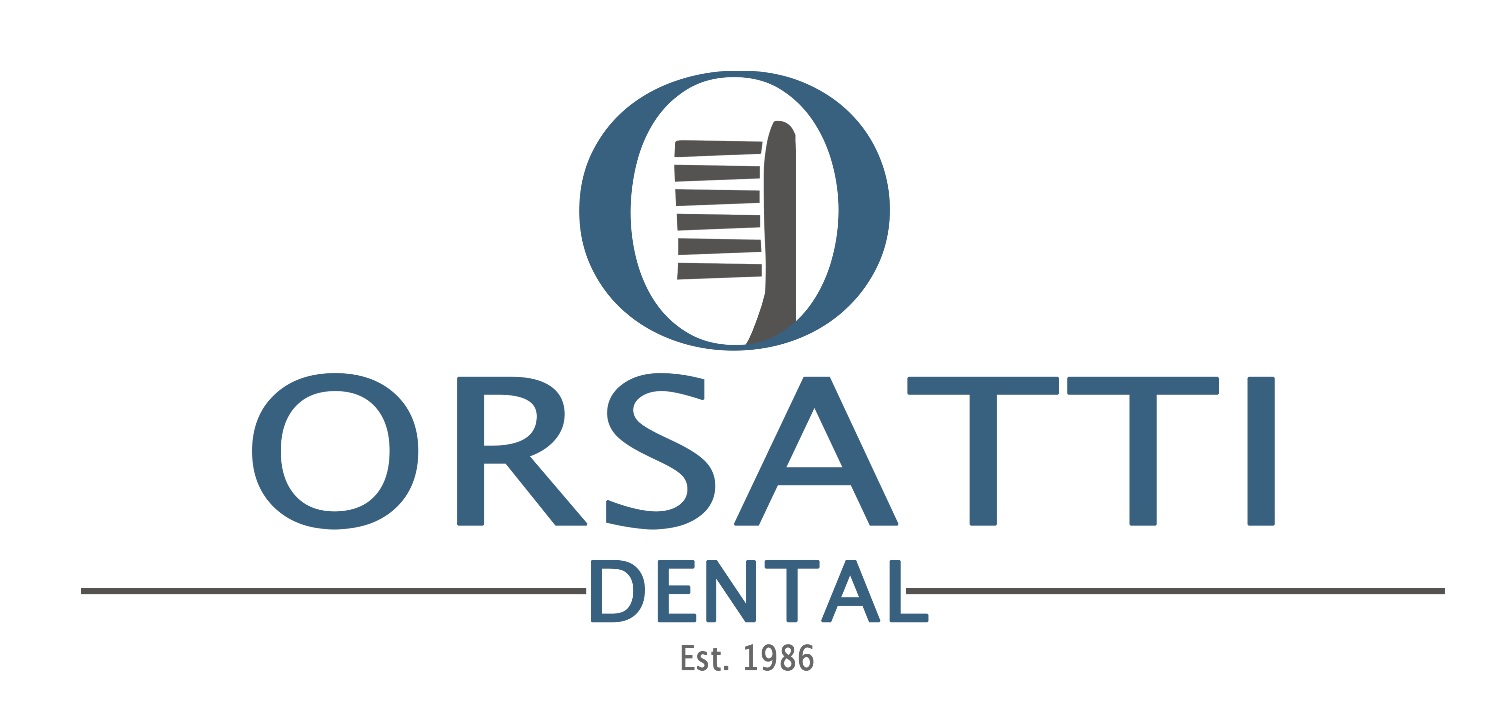Sleep Apnea Doctors
Sleep apnea is a common disorder in which you have a period of not breathing during sleep. You may have one or more pauses in breathing or shallow breaths while you sleep.
Breathing pauses can last from a few seconds to minutes. They often occur five to 30 times or more an hour. Typically, normal breathing then starts again, sometimes with a loud snort or choking sound.
Sleep apnea usually is a chronic (ongoing) condition that disrupts your sleep. You often move out of deep sleep and into light sleep when your breathing pauses or becomes shallow.
This results in poor sleep quality that makes you tired during the day. Sleep apnea is one of the leading causes of excessive daytime sleepiness. Treatment can not only improve your quality of life, it could also save your life, or those of others (such as when drowsy drivers cause serious accidents.
Call Us Today:
(210) 263-1014
Types of Sleep Apnea
Sleep apnea often goes undiagnosed. Health care providers usually can’t detect the condition during routine office visits. Also, there are no blood tests for the condition.
Most people who have sleep apnea don’t know they have it because it only occurs during sleep. A family member and/or bed partner may first notice the signs of sleep apnea.
There are three types of sleep apnea
Obstructive Sleep Apnea (OSA) is the most common type of sleep apnea. It is caused by the collapse of the throat related to reduced muscle tone occurring during sleep. OSA may be aggravated by a large tongue, small airway, large tonsils, recessed chin and obesity.
Central Sleep Apnea is a cessation of breathing effort occurring when the brain stops sending signals to the muscles of breathing (intercostal chest and diaphragm). Heat and brain disease may predispose to this type of apnea.
Mixed Sleep Apnea is a combination of Obstructive and Central types. Because both factors are involved, treatment is more complex.
What Causes Sleep Apnea
When you’re awake, throat muscles help keep your airway stiff and open so air can flow into your lungs. When you sleep, these muscles are more relaxed. Normally, the relaxed throat muscles don’t prevent your airway from staying open to allow air into your lungs. But if you have obstructive sleep apnea, your airway can be blocked or narrowed during sleep because:
- Your throat muscles and tongue relax more than normal.
- Your tongue and tonsils (tissue masses in the back of your mouth) are large compared to the opening into your windpipe.
- If you’re overweight, the extra soft fat tissue can thicken the wall of the windpipe which can cause the inside opening to narrow, which makes it harder to keep open.
- The shape of your head and neck (bony structure) may cause a smaller airway size in the mouth and throat area.
The aging process limits your brain signals’ ability to keep your throat muscles stiff during sleep. This makes it more likely that the airway will narrow or collapse.
Not enough air flows into your lungs if your airway is fully or partly blocked during sleep. This can cause loud snoring and a drop in your blood oxygen level.
If the oxygen drops to a dangerous level, it triggers your brain to disturb your sleep. This helps tighten the upper airway muscles and open your windpipe. Normal breaths then start again, often with a loud snort or choking sound.
The frequent drops in oxygen level and reduced sleep quality trigger the release of stress hormones. These compounds raise your heart rate and increase your risk of high blood pressure, heart attack, stroke, and arrhythmias (irregular heartbeats). The hormones also raise the risk of, or worsen, heart failure.
Untreated sleep apnea also can lead to changes in how your body uses energy. These changes increase your risk of obesity and diabetes.
Signs and Symptoms
One of the most common signs of obstructive sleep apnea is loud and chronic (ongoing) snoring. Pauses may occur in the snoring. Choking or gasping may follow the pauses.
- Others signs and symptoms of sleep apnea may include:
- Having a large neck, 17″ or more in men, 16″ or more in women
- Morning headaches
- Memory or learning problems and not being able to concentrate
- Feeling irritable, depressed, or having mood swings or personality changes
- Urination at night
- A dry throat when you wake up
- Receding chin
- Large tongue
- Nasal Obstruction
- Leg Swelling
In children, sleep apnea can cause hyperactivity, poor school performance, and angry or hostile behavior. Children who have sleep apnea also may have unusual sleeping positions, bedwetting, and may breathe through their mouths instead of their noses during the day.
Diagnosis
Health care providers diagnose sleep apnea based on medical and family histories, a physical exam, and results from sleep studies. Usually, your health care provider evaluates your symptoms first. He or she then decides whether you need to see a sleep specialist.
Sleep specialists are health care providers who diagnose and treat people who have sleep problems. Examples of such health care providers include lung and nerve specialists and ear, nose, and throat specialists. Other types of health care providers also can be sleep specialists.
Treatment
Lifestyle changes, mouthpieces, breathing devices, and surgery are used to treat sleep apnea. Medicines typically aren’t used to treat the condition.
Treatment may improve other medical problems linked to sleep apnea, such as high blood pressure. Treatment also can reduce your risk of heart disease, stroke, and diabetes.


